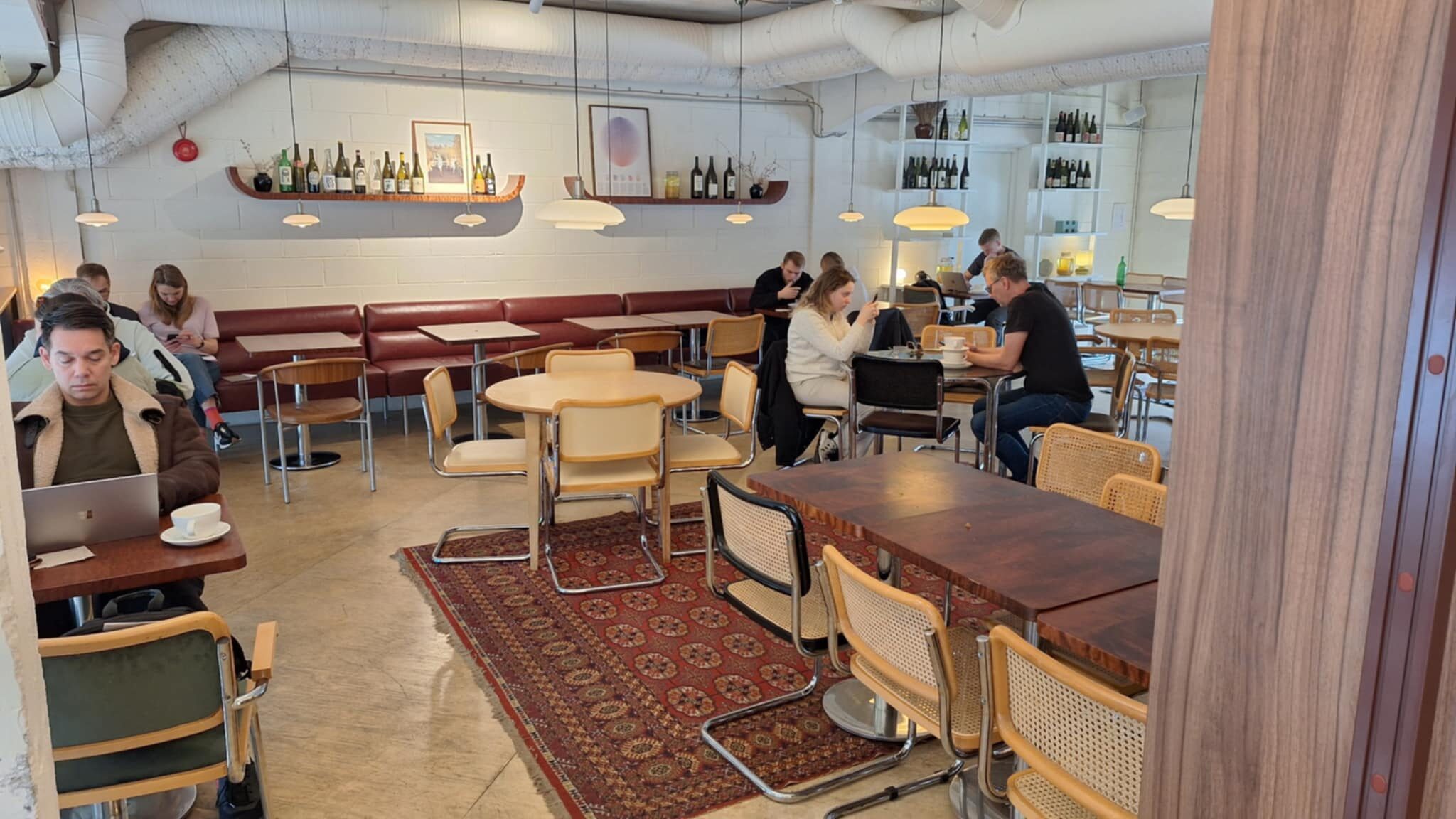Grocery shopping was once an errand that took a shopper throughout their neighbourhood. Greengrocer, check. Butcher, check. Bakery, check. Best Buy… well, actually, you can ignore that last one; but shopping was a multi-step process, and so the one-stop grocery store was as convenient as it could get. Though, this convenience removed the social component of running errands and encountering the same proprietors each time.
Then came Peapod in 1989, and Webvan in 1996. Computers meant better data organization and for some, the ease of using the internet to order groceries won over going in person. We could get on with our tasks at home without interruption, and drivers were the gears of this delivery machine. Click, click, checkout, and within a few days your groceries would arrive.
But what if we replaced those drivers with robots and reduced the wait time down from days to one hour? The almost instantaneous nature of robot delivery would prevent situations where a shopper would go to the store right away because it was faster. Janus Friis and Ahti Heinla, originally from Skype, built Starship Technologies with this vision, starting in 2014. Starship Technologies robots can deliver up to 10 kg of goods, which could account for a few bags of groceries or take-out food from a restaurant.
Their electric robots can be seen across over 100 cities in 20 countries. With a delivery radius of 4.8 to 6.4 kilometres, they've been particularly popular on university campuses in the United States and less densely populated cities such as Milton Keynes in England.
Working in their favour is the relatively slow speed of their robots (6.4 km per hour), the lack of specific legislation about small vehicles on sidewalks, and the low cost of delivery. In the US, each delivery costs $1.99. It might be difficult to compete with fast or long distance restaurant deliveries like Uber Eats, but for groceries, it's definitely a contender.
Cleaning and agriculture were both considered by the founders as sectors to apply artificial intelligence, but deliveries were something that most consumers already trusted and had enough experience of, such as through fulfillment services like Amazon. This was important to get investment and expand the company's reach. Trust in the company had to be supported by engineering the robots with cameras and sensors, so that they would react to crosswalks, pedestrians, traffic, and obstacles.
Footage of a Starship robots going around snowy sidewalks in Mustamäe, Tallinn substantiate the success of these features. A wide range of videos show a very measured, responsive piece of tech, which can at times be hesitant.
Would it take off in a more densely populated city though, like Toronto?
Initially, big city prospects weren't promising. For example, in 2017, the city of San Francisco considered banning sidewalk delivery robots. After discussing with several companies, including Starship Technologies, the city's District 7 supervisor, Norman Yee, said “our streets and our sidewalks are made for people, not robots.” But two years later, Postmates, a competing robot delivery service, was due to receive a permit to test their delivery robots on San Francisco sidewalks.
Top level hesitancy to accept robots, whether those are self driving cars or delivery robots, is inevitable. In Toronto, as in San Francisco, there is much more vehicular and foot traffic to maneuver around. Some critics fear the loss of jobs, too. And then there is the question of whether low cost delivery can recuperate the expense of maintaining these robots.
AI deliveries will take time to achieve mainstream acceptance, and in the meantime, Starship Technologies is persevering and building customer loyalty in any places that need their services.
Written by Vincent Teetsov




